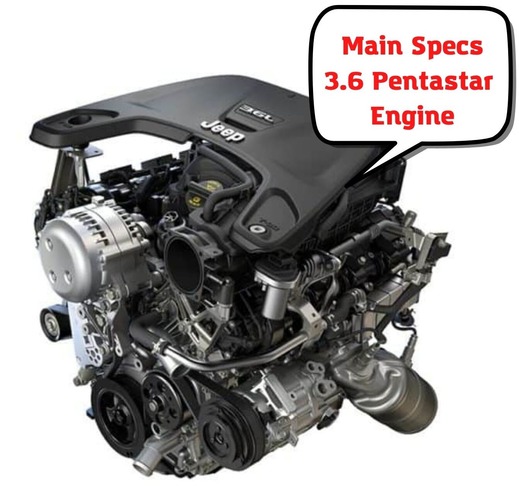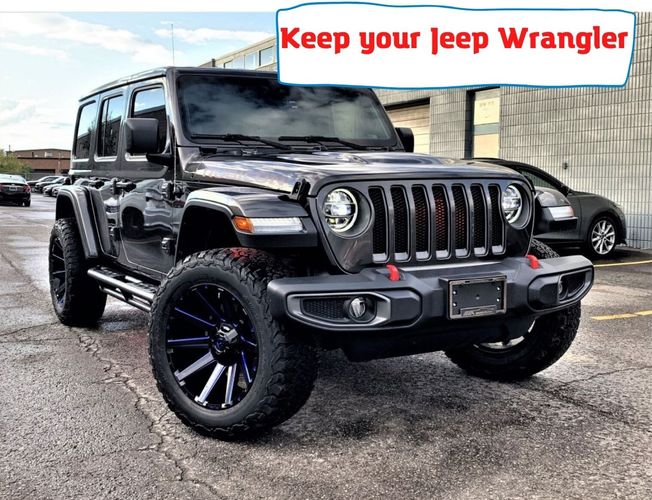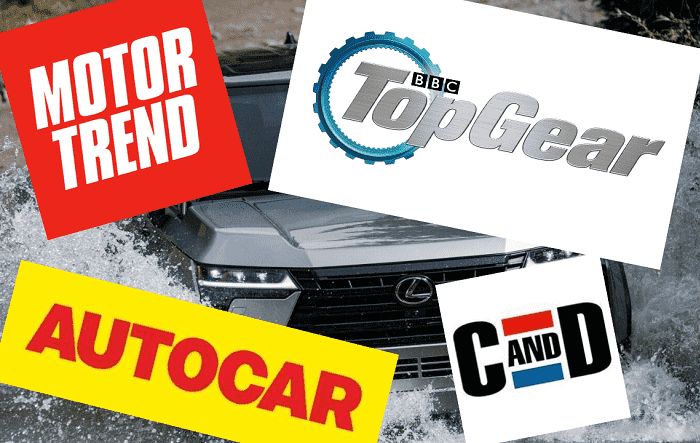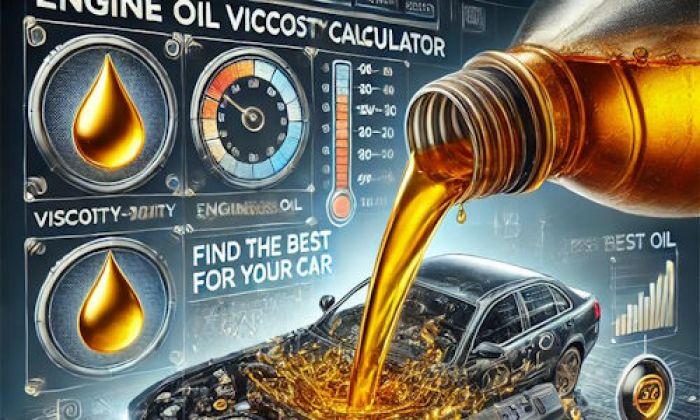
People ask this question when buying a car. You are probably wondering how much mileage you can get on the Pentastar engine with no major problems. Cars are getting more expensive. You could also be looking for a Pentastar engine equipped vehicle and want to know how reliable these engines are. This article is for you if that's your situation.
Take a quick look at these:
- How do you maintain your Jeep Wrangler's roadworthiness?
- The 3.6 L Pentastar V6 engine has a long-life expectancy
- 3.6 L Pentastar V6 Engine Issues
- 3.6 L Pentastar V6 General Specifications
The 3.6 L Pentastar V6 engine has a long life expectancy
It is possible that you are curious about how many miles the Pentastar engine can go before it runs into serious trouble. You might also be looking for a Pentastar-engined used car and want to know how many miles you have left before having engine trouble. The next section will answer all your questions.
Pentastar engines have been proven to be bulletproof. They do have some drawbacks, as with all engines. A 3.6 L Pentastar engine can travel more than 200,000 miles on average without experiencing any serious problems. The life expectancy of an engine is determined by the following:
- Engine performance either good or bad
- Conducting services routinely
3.6 L Pentastar V6 Engine Issues
Issues with Cylinder Heads
There were some problems with the left-side cylinder heads on Pentastar engines from 2011 to 2013.
The symptoms include:
- Check engine light
- Misfires
- Ticking in the engine
- Power loss
They could manifest as a ticking noise, check engine light, or poor performance. The problem was found in 0.5% of Pentastar engine models at the time. The left cylinder head of Pentastar engines manufactured between 2011 and 2013 has an extended warranty. This is why Consumer Reports has awarded a "Poor" rating for engine reliability in the 2012 model year.
Cooling Systems Problems
Pentastar cooling systems primarily focus on the water pump, radiator, and heater core. However, other parts could fail, such as the oil cooler and heater core. FCA produces the 3.6 L Pentastar by using sand casting. Some sand deposits need to be cleaned up before the cylinder heads can be installed. It is possible that sand remains in the engine even after production.
Some notable symptoms are:
- Overheating engine
- Problems with heat or air conditioning
- Visible coolant leak
- Check engine light or fault codes
Cooling issues can be caused by the clogging of sand. There is a possibility that you will need to replace multiple pieces.
Clogging of Pump and Radiator
Some owners have reported issues with clogged pumps and radiators. There are some engines that contain remnants of sand from the sand casting process that can, over time, continuously damage pumps. While this doesn’t seem to affect owners with the same regularity as the left cylinder head issues, it does appear to be a persistent problem rather than a one-off fix.
Failure of rocker arm on a 3.6 L Pentastar
The most notable symptoms include:
- Ticking sound emanating from the area around the upper engine.
- Engine misfire caused by a fouled spark plug.
- Diagnostic trouble code (DTC).
Rocker arms problem remediation was addressed on the service bulletin issued by FCA in March 2014. Replacing all rocker arms can be used as a precaution. However, the new 3.6L Pentastar engines still experience the problem, and according to the FCA, there is no warranty period for this issue. In some situations, there are reports of dealers replacing the whole of the cylinder head, which should not be the case. Repair of rocker arms is labor-intensive and costly at the same time and, therefore, should be left to experienced mechanics. Fixing costs of replacing a rocker arm ranges from $500 to $1000 in some cases.
Automatic Start-Stop System Detested by Drivers
There have been concerns about the contentious auto start-stop system issue, even though it is not a mechanical-related issue. The automatic start-stop system was introduced in 2018 with the latest Pentastar engine versions. Although many drivers are concerned that continuous restarting of their engines will wear it out, it was developed specifically for this purpose. For instance, the starters and alternators in automobiles and trucks fitted with auto-start stop systems are designed to withstand the numerous off-and-on cycles they will encounter. However, an additional tuning chip can be used to disable it.
3.6 Pentastar V6 Engine Specs
The 3.6L Pentastar V6, a six-cylinder gasoline engine with a 3.6L displacement, was first presented in New York at 2009's New York Auto Show. It was developed for use with the Dodge, Chrysler, and Jeep vehicles of 2011. Popular car brands trust the 3.6 Pentastar V6 engine. For three years consecutively, the Pentastar engine ranked among the top 10 engines on the US market.
The engine is capable of generating 305 horsepower and 270 lb-ft. However, these numbers are only a small part of the story. The engine is a marvel of engineering and craftsmanship, which ensures unparalleled output and, more importantly, long-lasting service. It is lighter and smaller as compared to its predecessors. It also features a die-cast aluminum high-pressure cylinder block with a 60 degree V-angle between the cylinder banks. Cast-iron liners are also included in the cylinders to prolong their life expectancy.
Around 90% of maximum torque can be achieved between 1800-6350 rpm. You get a smooth operation at all RPMs.
The Pentastar engine is still quite solid and would be a good choice.
How do you maintain your Jeep Wrangler's roadworthiness?

Regular maintenance can help keep your vehicle on the road for many years. Although it may not be inexpensive, regular maintenance is much cheaper than purchasing a new Jeep every few years.
You don't need to do anything to conform to the manufacturer's recommendations with a Jeep Wrangler. Follow these steps and your Jeep Wrangler will not disappoint you on the roads:
- Regular oil changes are recommended.
- Frequent checking and replacing fluids
- Make sure your brakes are working
- Take Care of Your Tires
- Don’t Forget Your Car’s Suspension
- Check out the Shocks
- Make sure your power is on
Regular oil changes are recommended
Changing Oil regularly is one of the best things you can do to your Wrangler. This rugged SUV needs to have its oil and filter changed at least once every 3,000 miles.
You should be able to go at least 5,000 miles with synthetic oil. Oil-life monitors in the JK and JL let you know when it's time for a change.
Make sure to inspect your filters during oil changes. You should inspect both the engine air filter as well as the cabin filter.
The engine air filter lasts approximately 30,000 miles, and the cabin filter should be changed once every 20,000 miles.
Regular inspections and replacement of transmission fluids
Transmission fluid should be changed once every 30,000 miles if you have a manual transmission. If you drive on the highway, tow a trailer or drive off-road in hot weather, this is a good idea.
Your Jeep should have its axle fluid changed every 40,000 miles if you are using it for off-road driving.
MOPAR recommends that you change your transmission fluid and transfer case fluid every 60,0000 miles if your Jeep is used for towing.
Your brakes must work properly
A vehicle's brakes must be in good working order. Your brakes should be checked every oil change and replaced when they wear out. Three signs indicate that you need new brakes. You should replace your brakes when:
- They creak every time you step on or touch them.
- To get your car to stop, you must push the brake pedal down to the floor.
- When you brake, the Wrangler favors one side.
Ask your mechanic to conduct an inspection on brake pads when you have your oil changed. They should be replaced if they creak.
Sometimes the brakes just need to be adjusted to prevent the car from lurching towards the side while stopping.
Pay attention to your tires
New tires are a necessity due to the Jeep Wrangler's off-road and paved-road capabilities. When you notice that your tires are wearing out, you will know it is time to replace them.
Your mechanic should inspect your tires every time you have your oil changed. They will also rotate them to prolong their life. To increase the life of your tires, ask them to add the fifth tire to the rotation.
Don’t Forget Your Car’s Suspension
Jeep Wrangler's bottom is subject to a lot of abuse. It is crucial to check the suspension system.
Although the suspension looks like it will last forever, you know it won't. It will eventually get dirty, wet, and possibly rusted. You might need to replace parts in order to keep your Jeep on the road. This includes the bolts and leaf spring, as well as the U-bolt.
Make sure to wash your Jeep before you go off-road. You can run it through the carwash several times to remove mud from the wheels.
Winter driving is the same, as salt can cause serious damage to the suspension and undercarriage. If you don't remove mud from the wheels, it can cause alignment problems.
Check out the Shocks
Jeep Wranglers can withstand a lot of abuse, even though they are made from tough parts. The shocks are important to keep your ride smooth.
They should be replaced between 50,000 and 100,000 miles. But it is not necessary to replace them after a certain mileage.
Do not wait too long to fix the small problem. You could cause suspension damage.
Make sure your power is on
If the battery is dead, your Jeep Wrangler will not start. The average battery lasts between 4 and 5 years. However, you can increase its life by taking care of it.
Ask your mechanic to inspect and clean your terminals after you get your oil changes. Your mechanic should check the cables surrounding the battery.
About the authors
The CarAraC research team is composed of seasoned auto mechanics and automotive industry professionals, including individuals with advanced degrees and certifications in their field. Our team members boast prestigious credentials, reflecting their extensive knowledge and skills. These qualifications include: IMI: Institute of the Motor Industry, ASE-Certified Master Automobile Technicians; Coventry University, Graduate of MA in Automotive Journalism; Politecnico di Torino, Italy, MS Automotive Engineering; Ss. Cyril and Methodius University in Skopje, Mechanical University in Skopje; TOC Automotive College; DHA Suffa University, Department of Mechanical Engineering






Add comment